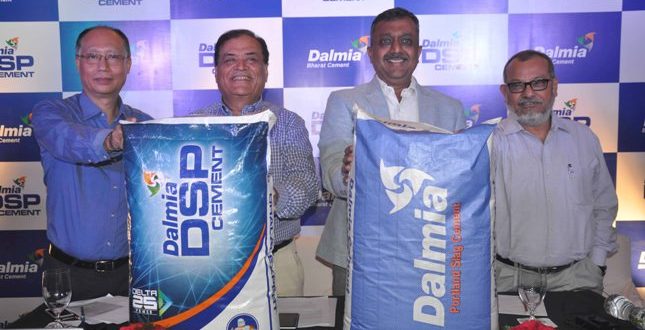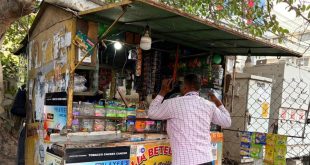BHUBANESWAR: Dalmia Bharat Group on Wednesday launched two variants of cement in Odisha and expected Rs 1500 crore business this financial year in the state.
Dalmia Bharat Cement, which markets cement under the brand name of Konark in the state, launched two of its national brands-Dalmia DSP cement and Dalmia cement.
“We are expecting an annual turnover of about Rs 1500 crore this year from existing Rs 1000-1200 crore in the state,” said Mahendra Singhi, Group CEO.
He said they expected 75,000 tonnes sale of the two new products monthly in Odisha.
Dalmia Group, which owns OCL India Ltd in the state, has cement manufacturing facilities at Rajgangpur and Kapilas Cement Works in the state.
“As Bhubaneswar strives to achieve the numero uno position as a smart city, we believe that Dalmia Bharat Group with its 75 years of expertise can act as a pillar of strength in creating the blueprint for tomorrow’s growth and prosperity in terms of infrastructure,” said Singhi.
He said, “With the development of infrastructure, we believe that the market is set to witness a boom in the construction sector which is the demand drive of cement. At Dalmia cement, we consider that the eastern states of India are likely the new territories for us and will contribute to our bottom line in future.”
Elaborating on the launch of the new products, Amandeep, Director and CEO, OCL India Ltd. said “Dalmia Bharat Group brings with it the best of technological innovation and trust of quality that had and will last for generations. Our cement is manufactured in highly modernised plants using the latest technology and best quality-control parameters.”
“With the launch of the two specialised products, we will ensure the highest standard of strength and endurance which underlines the improved construction efficiency. And will provide better thermal insulation saving electricity costs for consumers. In line with Dalmia Bharat Group’s constant strive for green equity, the Dalmia Dhalai Special Cement, will be offering better development of strength at a significantly lower water requirement,” he added.
 Update Odisha-Latest Odisha News I Breaking News Get latest news on Odisha, Govt. Jobs, OSSC, OPSC, Entertainment, Crime, Sports, and Education
Update Odisha-Latest Odisha News I Breaking News Get latest news on Odisha, Govt. Jobs, OSSC, OPSC, Entertainment, Crime, Sports, and Education



